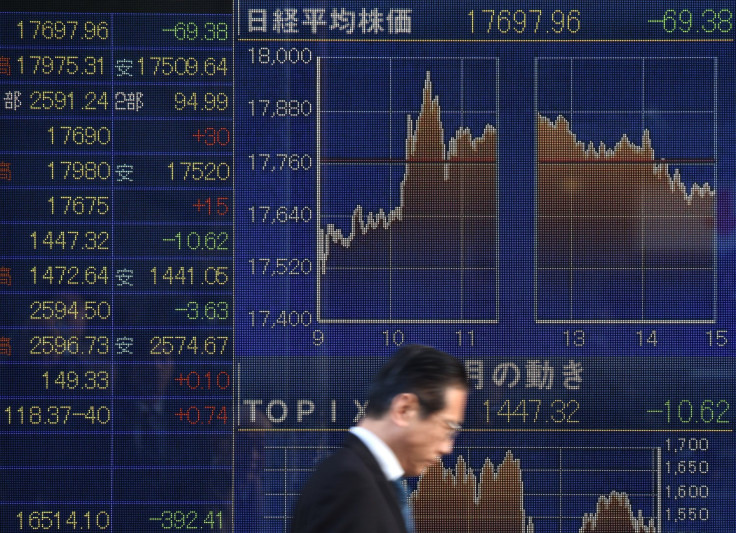Global Stock Markets Stabilize At The End Of Volatile Week

After a shaky start to the new year, which is estimated to have wiped out over $2 trillion of shareholders' value across the globe, calm seems to have finally returned to global bourses. Following a rebound in Chinese stocks overnight, which echoed across Asia, European markets opened broadly higher Friday, providing hope that the panic-fuelled week may yet end on a positive note.
“European stock indices and US stock index futures are firmer this morning, and there are hopes that the worst may be over,” David Morrison, a senior market strategist at Spread Co., wrote in an analysis. “However, we should expect further volatility until investors have some confidence that the sell-off is simply a correction rather than the start of a protracted bear market.”
Stock futures at the Dow Jones Industrial Average, Nasdaq and S&P 500 were all up about 1 percent, buoyed by the arrested rout in the Chinese markets and an anticipated solid performance by the U.S. labor market in December.
The recently battered pan-European Stoxx 600, which has so far shed over 12 percent in the first trading week of the year, recovered 0.2 percent. The U.K.’s FTSE 100 and Germany’s DAX were trading in the green early Friday while France’s CAC 40 was down about 0.25 percent after being in the positive territory earlier in the day.
The rout in China’s stock markets, triggered by the central bank’s move to devalue the yuan, as well as by fresh economic data released earlier this week, had worsened over the past two days after a new “circuit breaker” mechanism halted trading twice. The mechanism, which exacerbated the very sell-offs it was designed to prevent, was suspended Friday, and as a result, the Shanghai Composite index ended the day up nearly 2 percent.
Many, however, said more action by the Chinese government was needed to ensure that the rebound gathers strength.
“Markets will be waiting to see the Chinese government's determination to prop up the stock market and the currency into next week before any major recovery rally is likely to be seen,” IG’s market analyst Angus Nicholson told Reuters.
For now, though, global oil prices, which had fallen to 12-year lows on Thursday after China allowed its currency to slip, and after tensions between OPEC members Iran and Saudi Arabia heightened, have also recovered. On Friday, the global oil benchmark Brent Crude rose 0.74 percent to $34 a barrel, while the West Texas Intermediate futures were trading up nearly 0.4 percent at $33.4 a barrel.
© Copyright IBTimes 2025. All rights reserved.






















